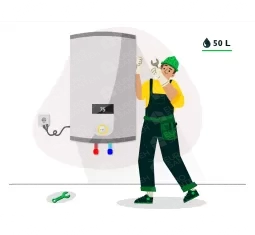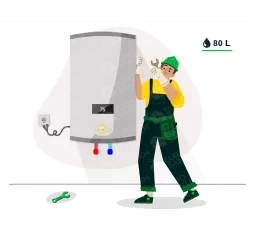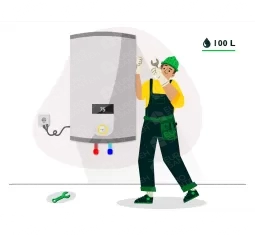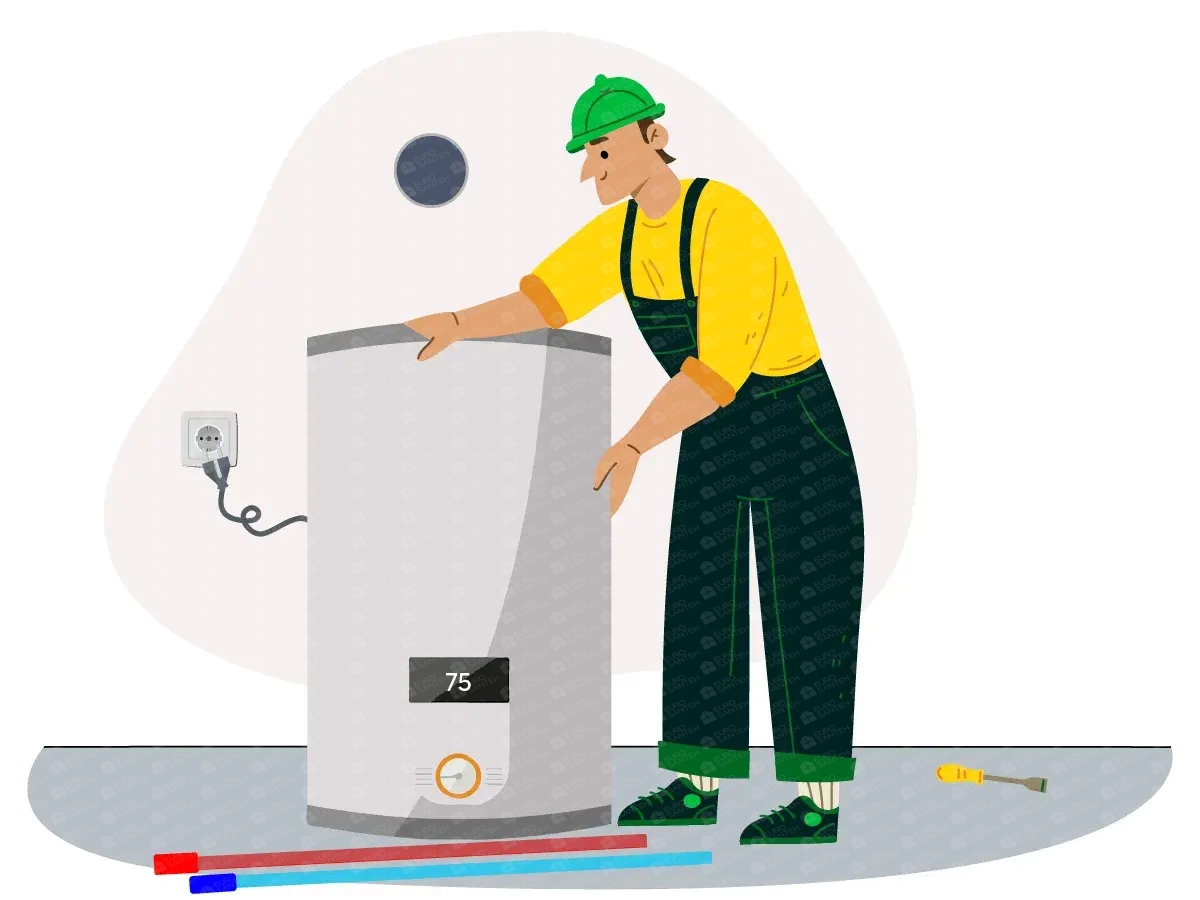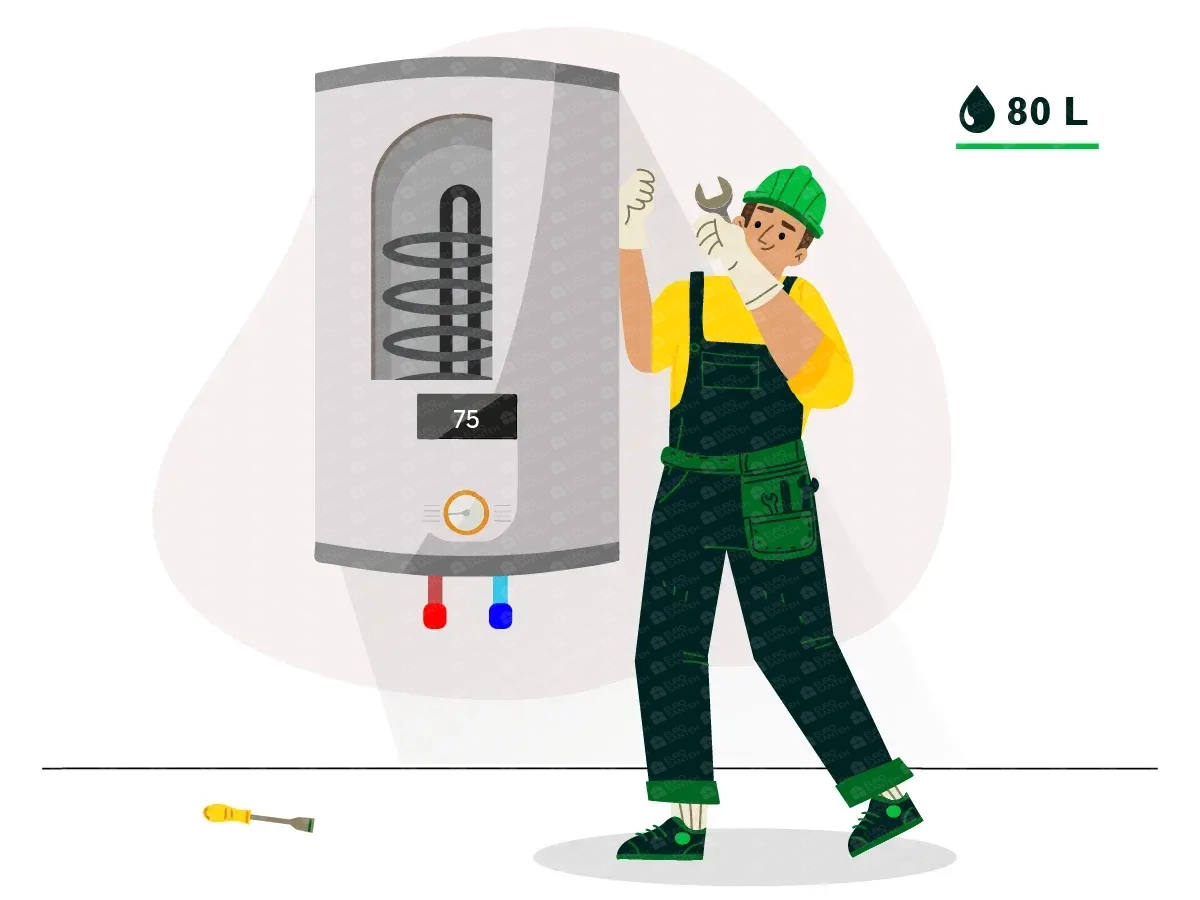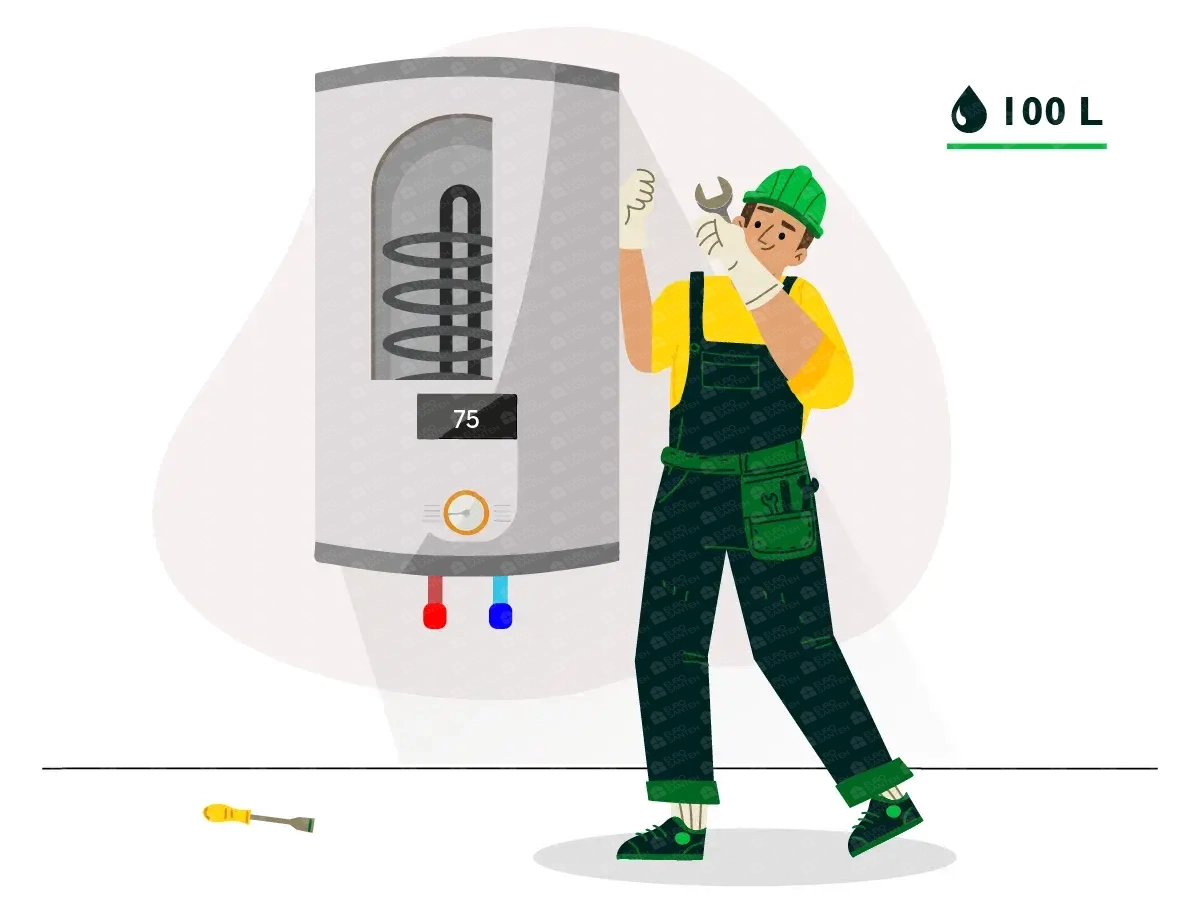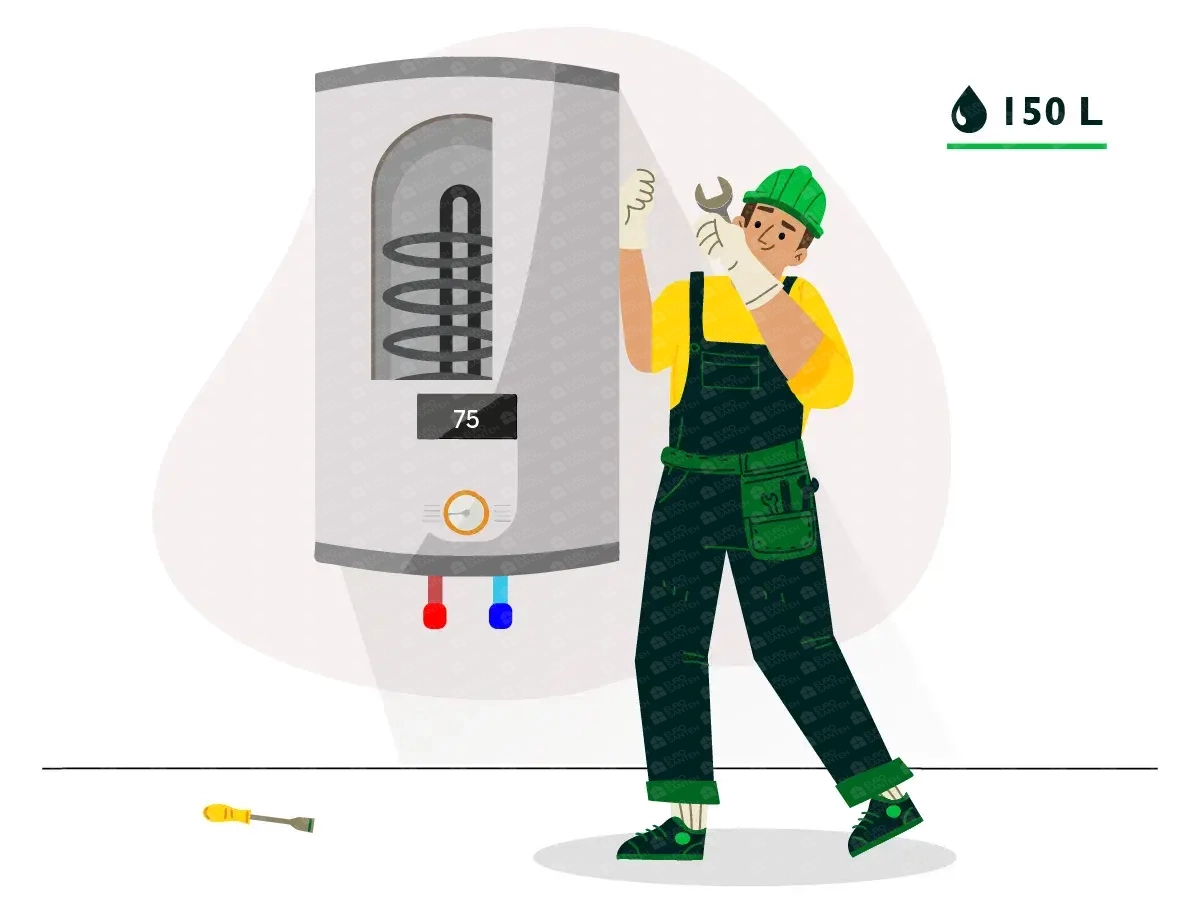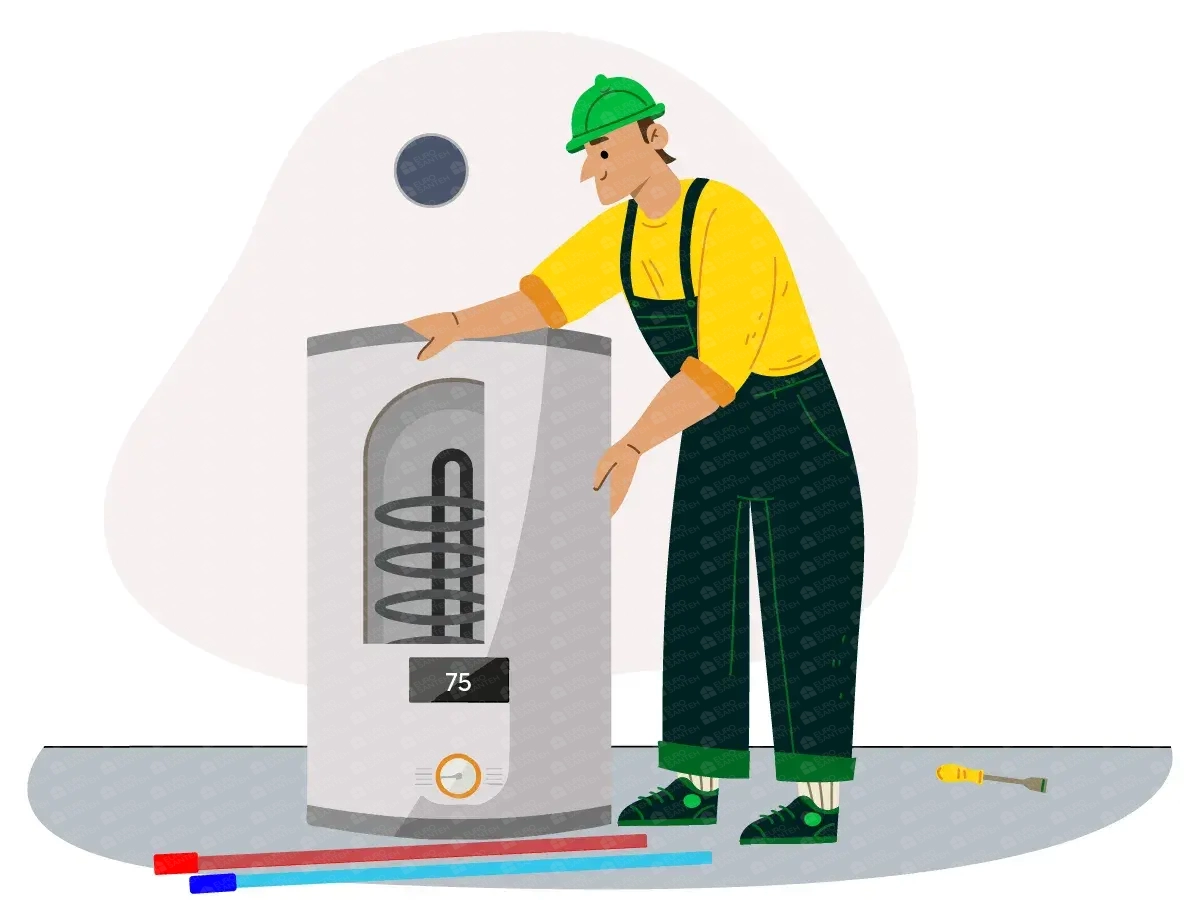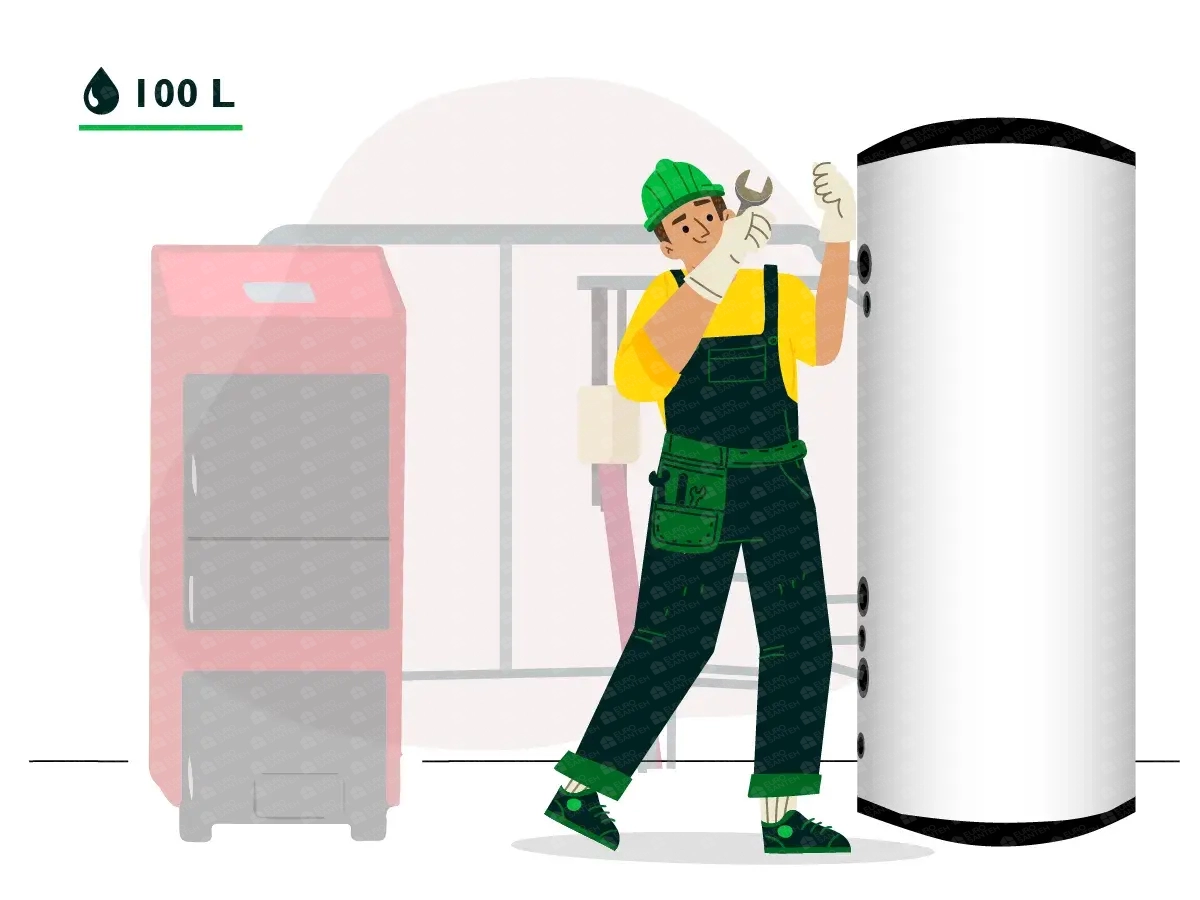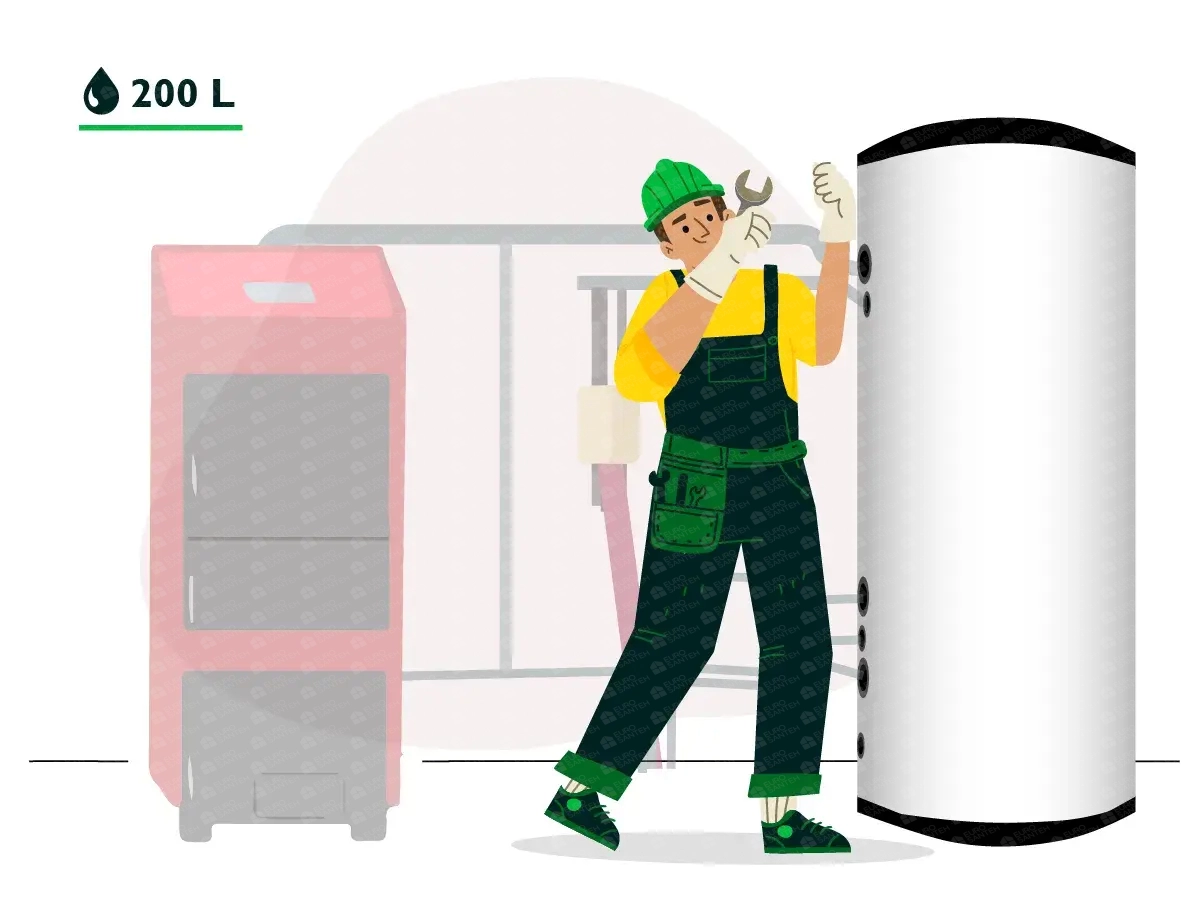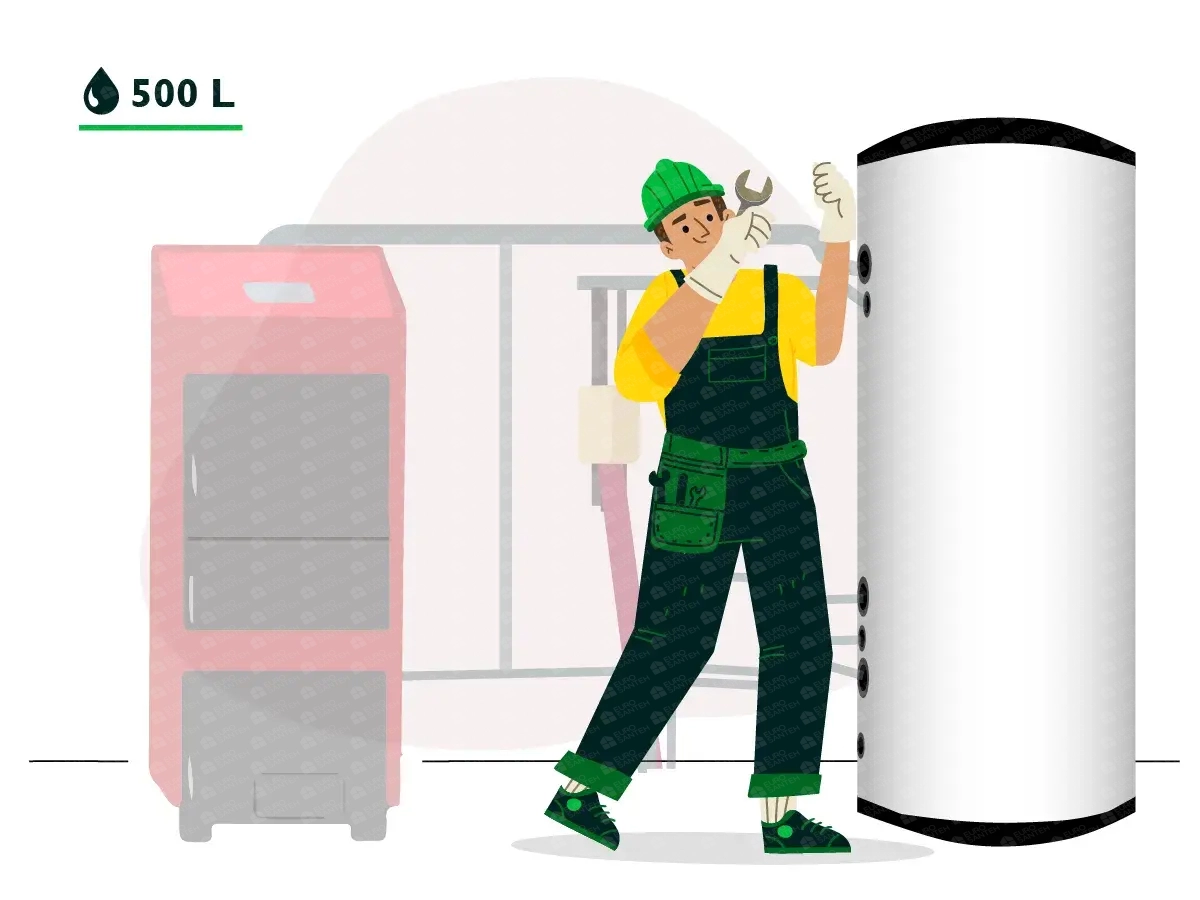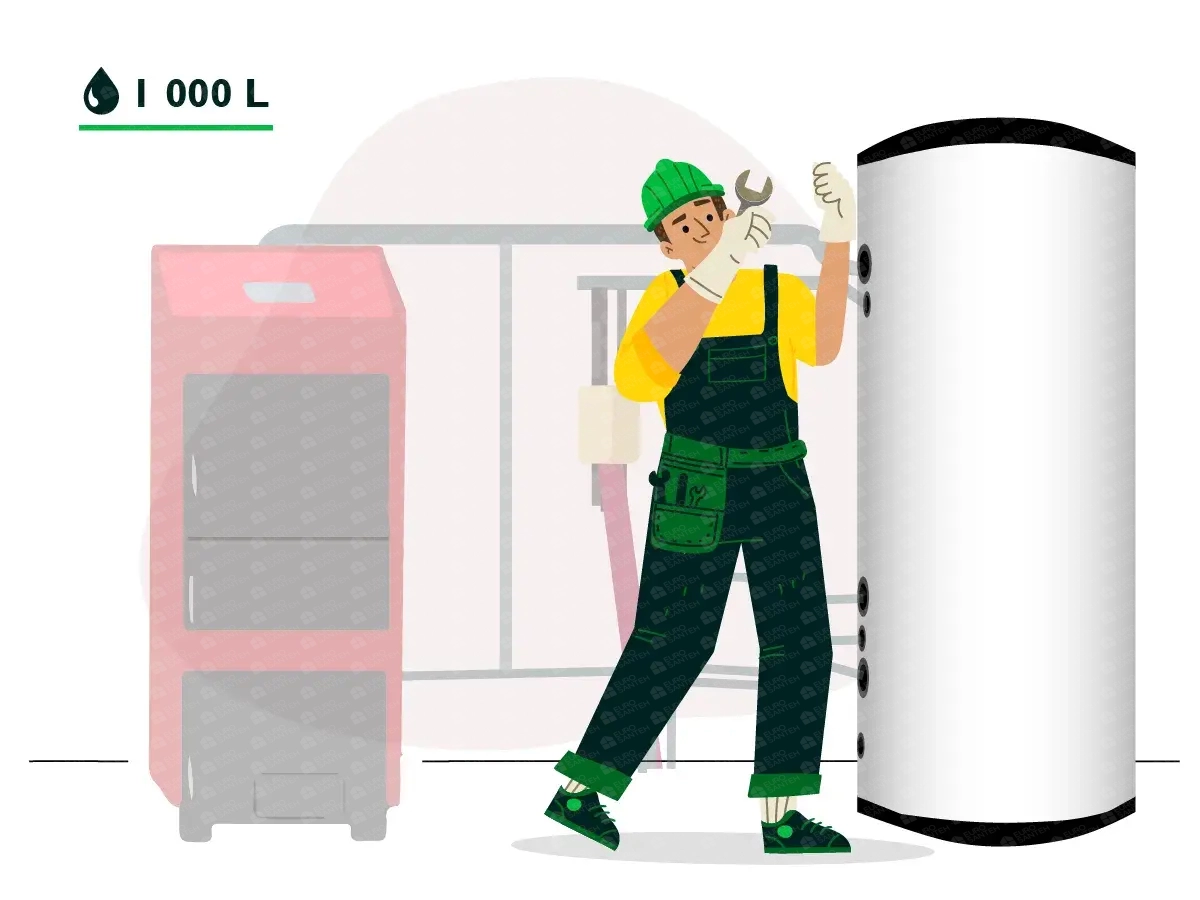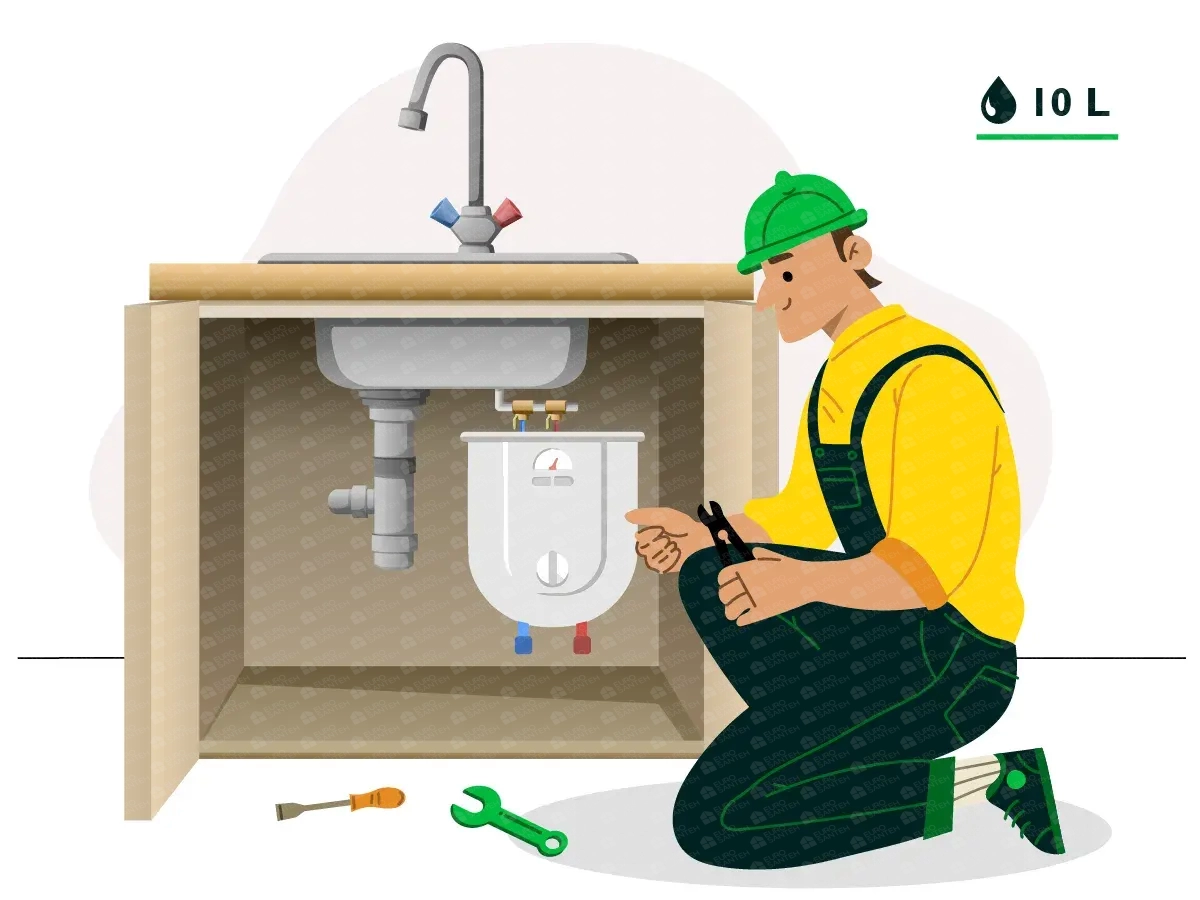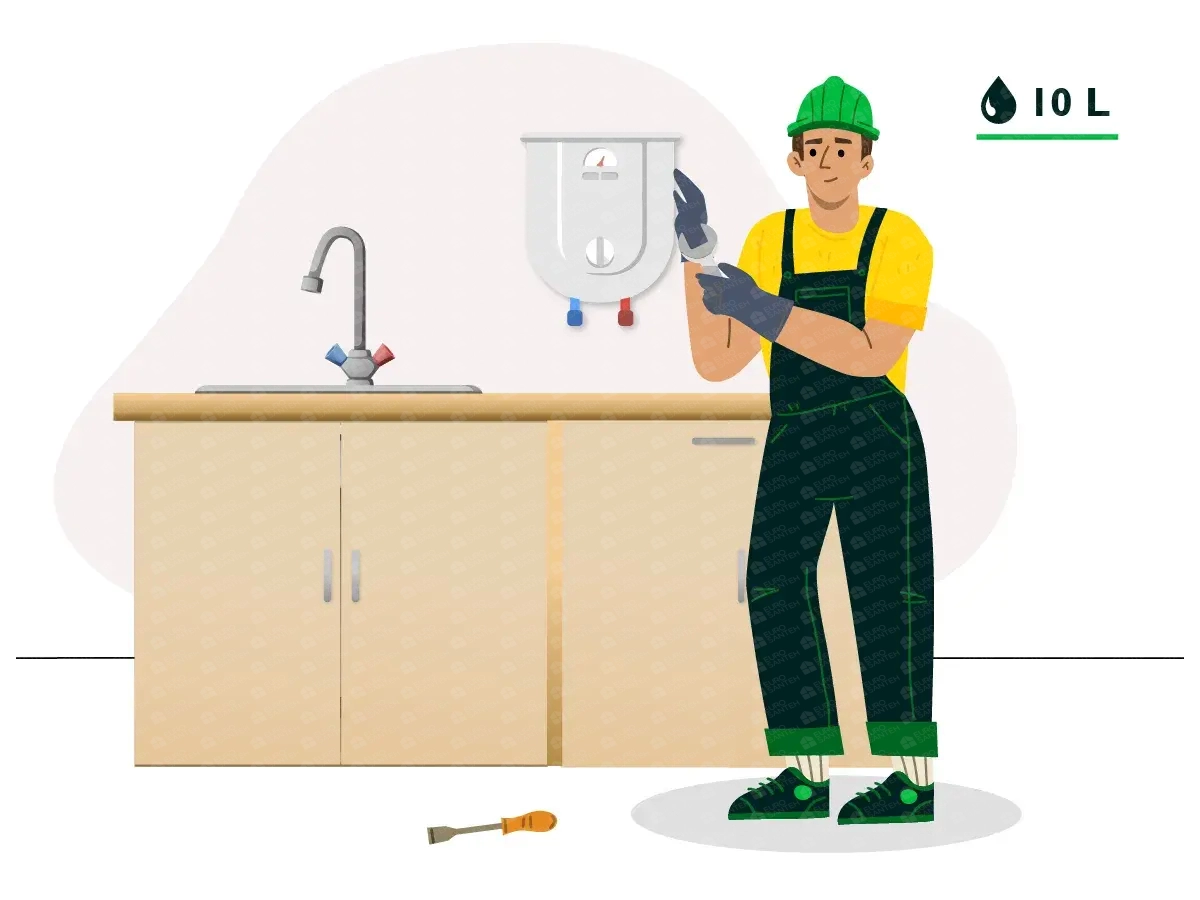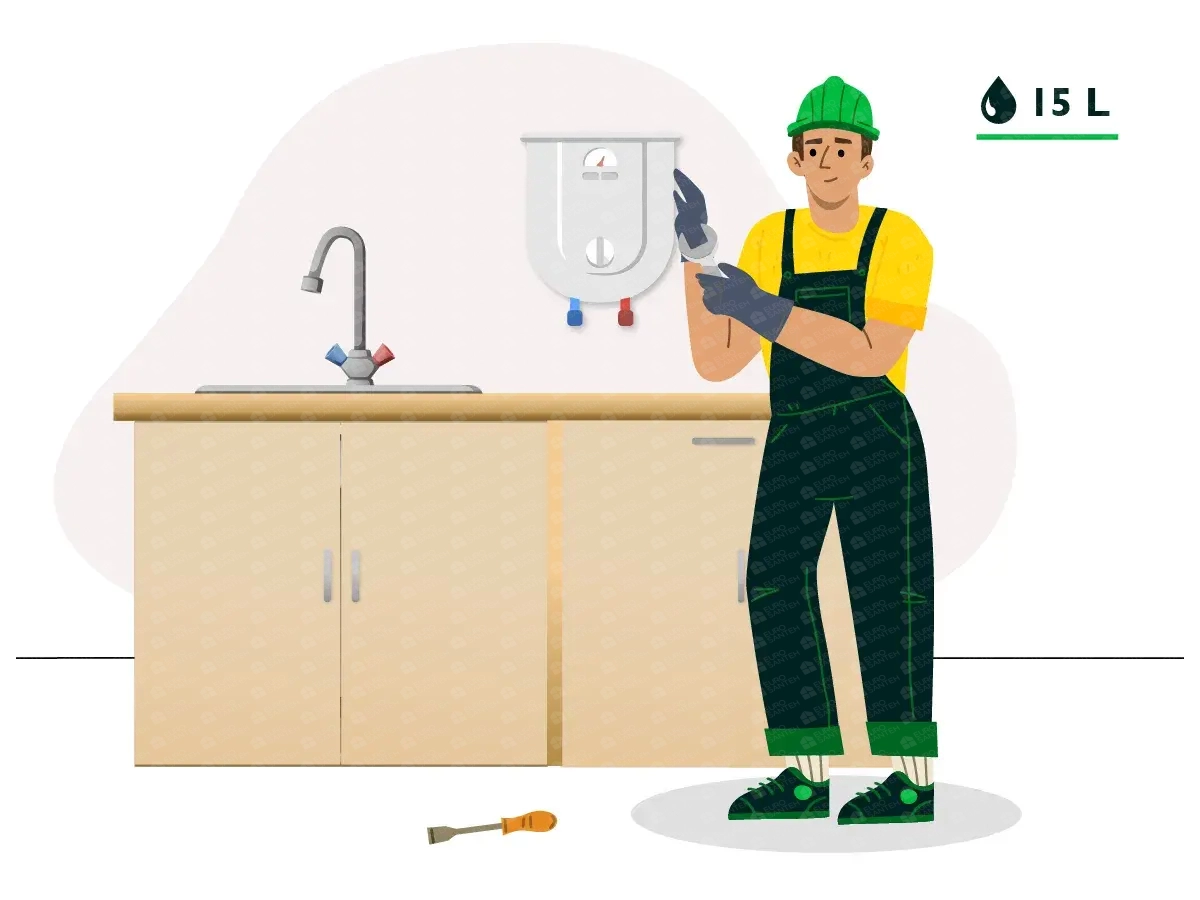Installing a boiler in the bathroom in Chisinau
Installing a boiler in the bathroom is a crucial task that involves careful planning, precise execution, and adherence to safety regulations to ensure efficient heating and hot water supply. Whether it's a gas boiler, electric boiler, or a renewable energy-powered system like a heat pump, each type requires specific considerations and steps to be taken for optimal performance and longevity.
The first step in installing a boiler in the bathroom is choosing the right location. It's essential to select a spot that allows convenient access to water supply and drainage, as well as proximity to suitable power sources. For instance, a gas boiler installation requires access to a gas supply line, while an electric boiler needs a stable electrical connection.
Once the location is determined, the bathroom space needs to be prepared for installation. This includes cleaning and preparing the surface area, assessing the structural integrity of walls and floors to support the boiler's weight, and potentially reinforcing them if necessary. Proper preparation ensures a stable and secure installation, crucial for long-term reliability.
Next, selecting and installing the appropriate mounting system for the boiler is essential. Specialized brackets and anchors are typically used to securely attach the boiler to the bathroom wall or floor. Choosing the right materials and installation techniques helps prevent instability and ensures the safety of the installation over time.
The physical installation of the boiler follows, involving mounting the unit securely on the chosen brackets or supports. It's important to ensure the boiler is installed vertically to distribute weight evenly and minimize the risk of structural damage or failure. Accessibility for future maintenance and potential component replacements should also be considered during installation.
After mounting, the next step is connecting the boiler to the water supply and heating system. This includes connecting the boiler to cold and hot water pipes and, if applicable, integrating it into the heating system for space heating purposes. Checking the tightness and reliability of all connections is critical to prevent leaks and maintain water quality.
For electric boilers, connecting to the electrical supply comes next. This involves safely wiring the boiler to the electrical system, including installing circuit breakers, grounding connections, and surge protection devices as necessary. Adhering to electrical codes and safety standards ensures the safe operation of the boiler and minimizes the risk of electrical hazards.
Once all connections are made, the boiler undergoes testing and commissioning. This includes filling the system with water, checking for leaks, and conducting pressure tests to verify the integrity of the installation. Calibrating the boiler's controls and safety mechanisms ensures they operate correctly and meet manufacturer specifications.
Upon successful testing, providing user training and documentation is essential. Users need to understand how to operate the boiler safely, including routine maintenance tasks and troubleshooting procedures. This knowledge helps optimize boiler performance and prolongs its lifespan.
In conclusion, installing a boiler in the bathroom requires meticulous planning, technical expertise, and adherence to safety protocols throughout the process. A well-executed installation not only ensures efficient heating and hot water supply but also contributes to the comfort and safety of occupants in residential or commercial settings.
